Calisté
23rd May - 12th July 2025
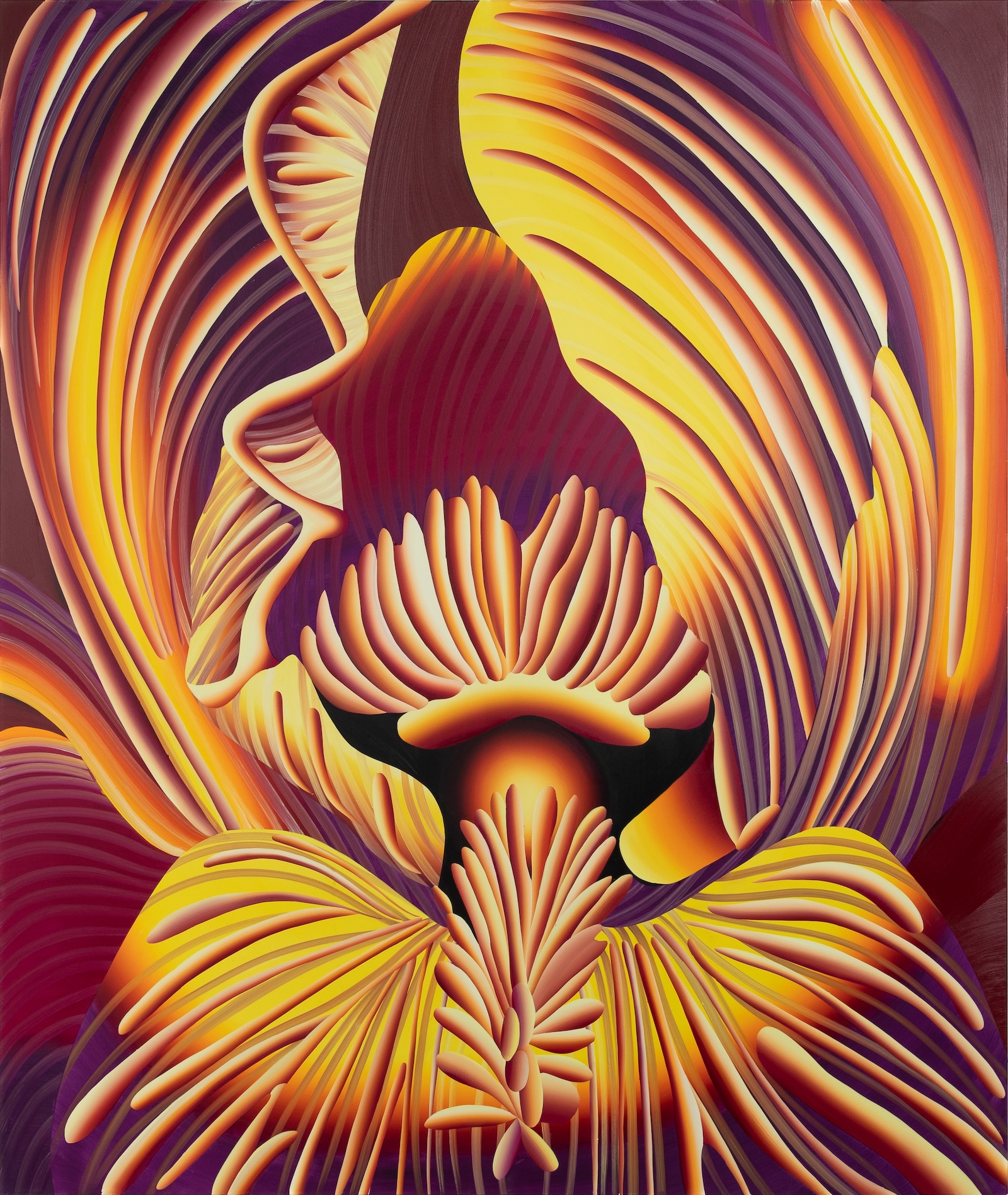
166 x 140 cm
Signed and dated at the back
The sequence of works in the exhibition is inspired by Derek Jarman's garden, whose flowers are grown on toxic soil near a nuclear power station. Laura Garcia Karras focuses on these atomic plants, transforming them into wild, almost devouring flowers. In this way, she combines a perfect aesthetic that refers to the canons of antique beauty with an almost abstract madness, creating a sensational and vertiginous painting. With an inner volcanic power, the artist plays with relationships of scale and artificial light. In this way, she redefines the boundary between artifice and reality, creating an explosive ambiguity in the perception of her works. ‘Calisté', translated as ‘the most beautiful' in Greek, evokes the name of the nymph transformed into a constellation by Zeus.
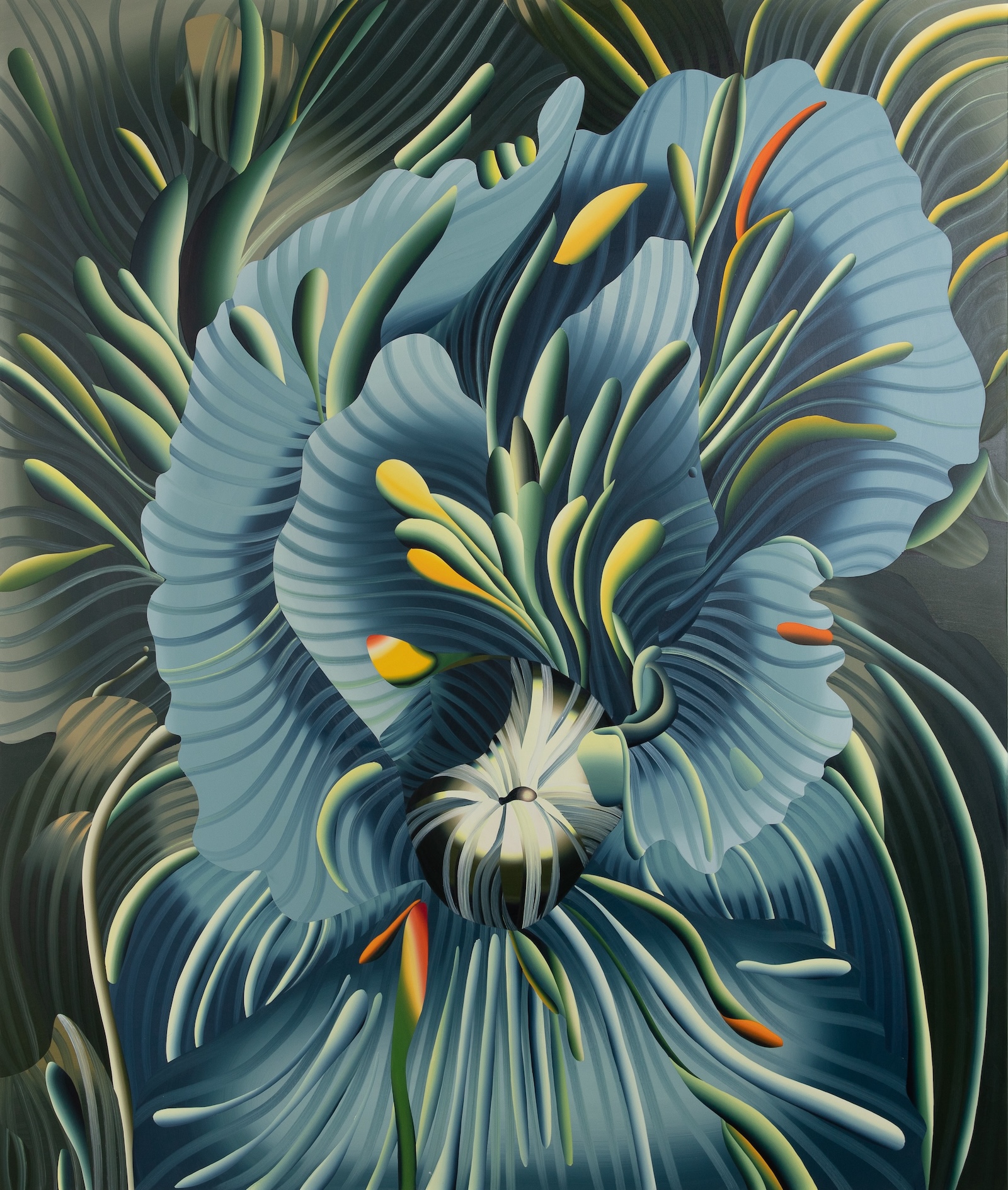
166 x 140 cm
Signed and dated at the back
The sequence of works in the exhibition is inspired by Derek Jarman's garden, whose flowers are grown on toxic soil near a nuclear power station. Laura Garcia Karras focuses on these atomic plants, transforming them into wild, almost devouring flowers. In this way, she combines a perfect aesthetic that refers to the canons of antique beauty with an almost abstract madness, creating a sensational and vertiginous painting. With an inner volcanic power, the artist plays with relationships of scale and artificial light. In this way, she redefines the boundary between artifice and reality, creating an explosive ambiguity in the perception of her works. ‘Calisté', translated as ‘the most beautiful' in Greek, evokes the name of the nymph transformed into a constellation by Zeus. Each of the paintings in the exhibition is named in tribute to a major woman for the artist. Here, ‘Carmen' refers to the storm that hit France in 2017 and to the great ballet created by Roland Petit in 1949.
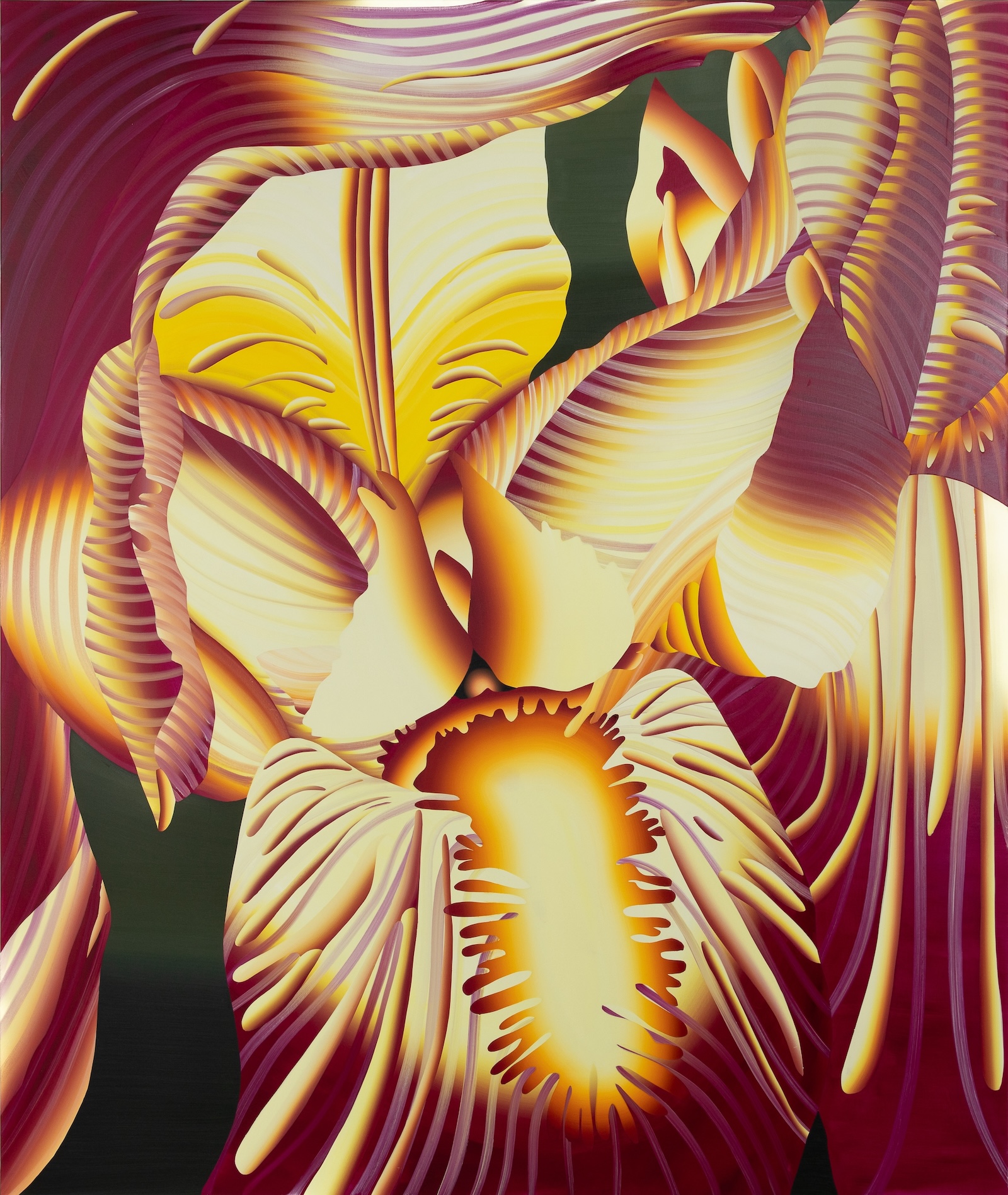
166 x 140 cm
Signed and dated at the back
The sequence of works in the exhibition is inspired by Derek Jarman's garden, whose flowers are grown on toxic soil near a nuclear power station. Laura Garcia Karras focuses on these atomic plants, transforming them into wild, almost devouring flowers. In this way, she combines a perfect aesthetic that refers to the canons of antique beauty with an almost abstract madness, creating a sensational and vertiginous painting. With an inner volcanic power, the artist plays with relationships of scale and artificial light. In this way, she redefines the boundary between artifice and reality, creating an explosive ambiguity in the perception of her works. ‘Calisté', translated as ‘the most beautiful' in Greek, evokes the name of the nymph transformed into a constellation by Zeus.Each of the paintings in the exhibition is named in tribute to a major woman for the artist. Here ‘Mae J.' refers to Mae Jemison, the first African-American woman astronaut to go into space in 1992.
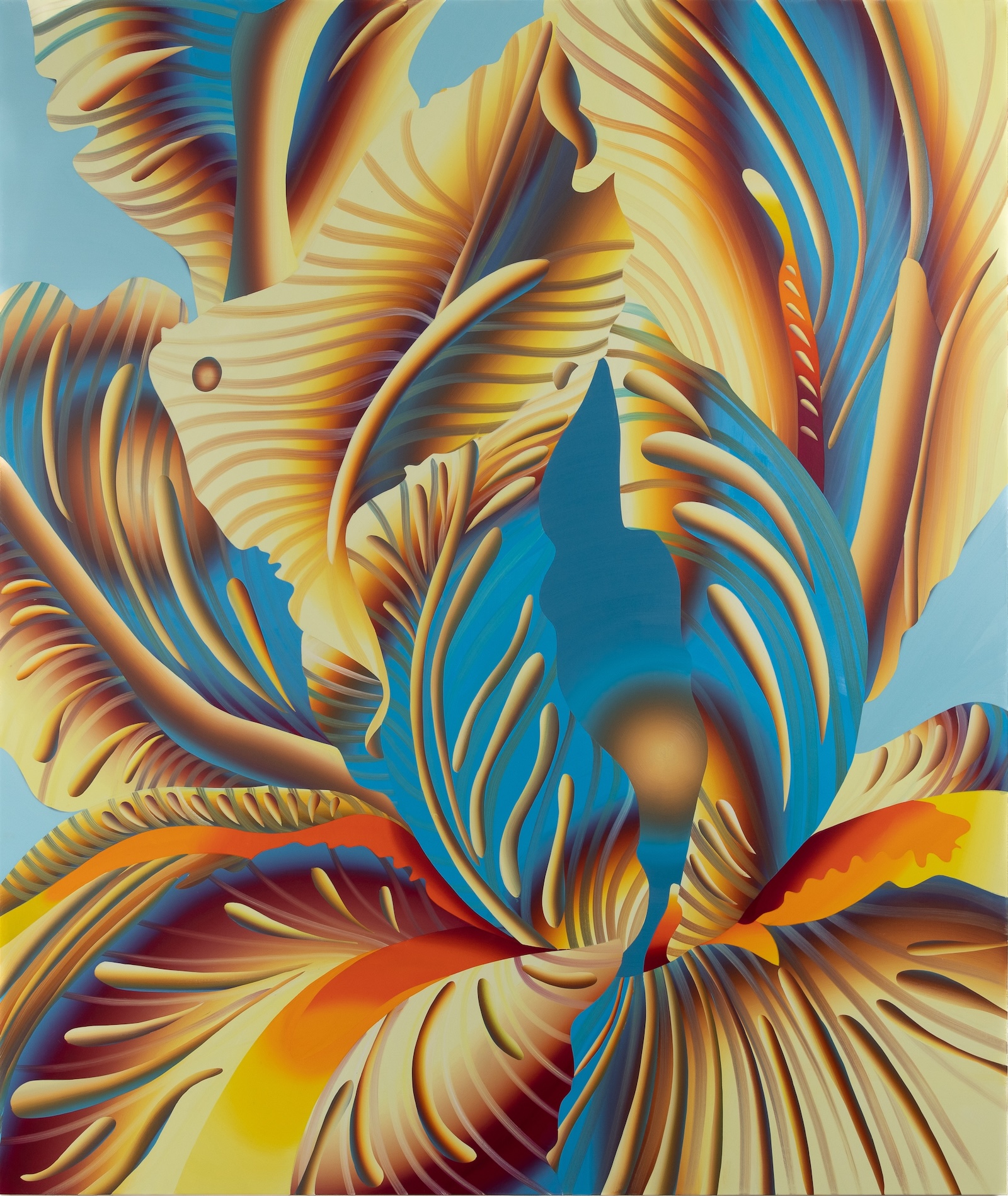
166 x 140 cm
Signed and dated at the back
The sequence of works in the exhibition is inspired by Derek Jarman's garden, whose flowers are grown on toxic soil near a nuclear power station. Laura Garcia Karras focuses on these atomic plants, transforming them into wild, almost devouring flowers. In this way, she combines a perfect aesthetic that refers to the canons of antique beauty with an almost abstract madness, creating a sensational and vertiginous painting. With an inner volcanic power, the artist plays with relationships of scale and artificial light. In this way, she redefines the boundary between artifice and reality, creating an explosive ambiguity in the perception of her works. ‘Calisté', translated as ‘the most beautiful' in Greek, evokes the name of the nymph transformed into a constellation by Zeus. Each of the paintings in the exhibition is named in tribute to a major woman for the artist.
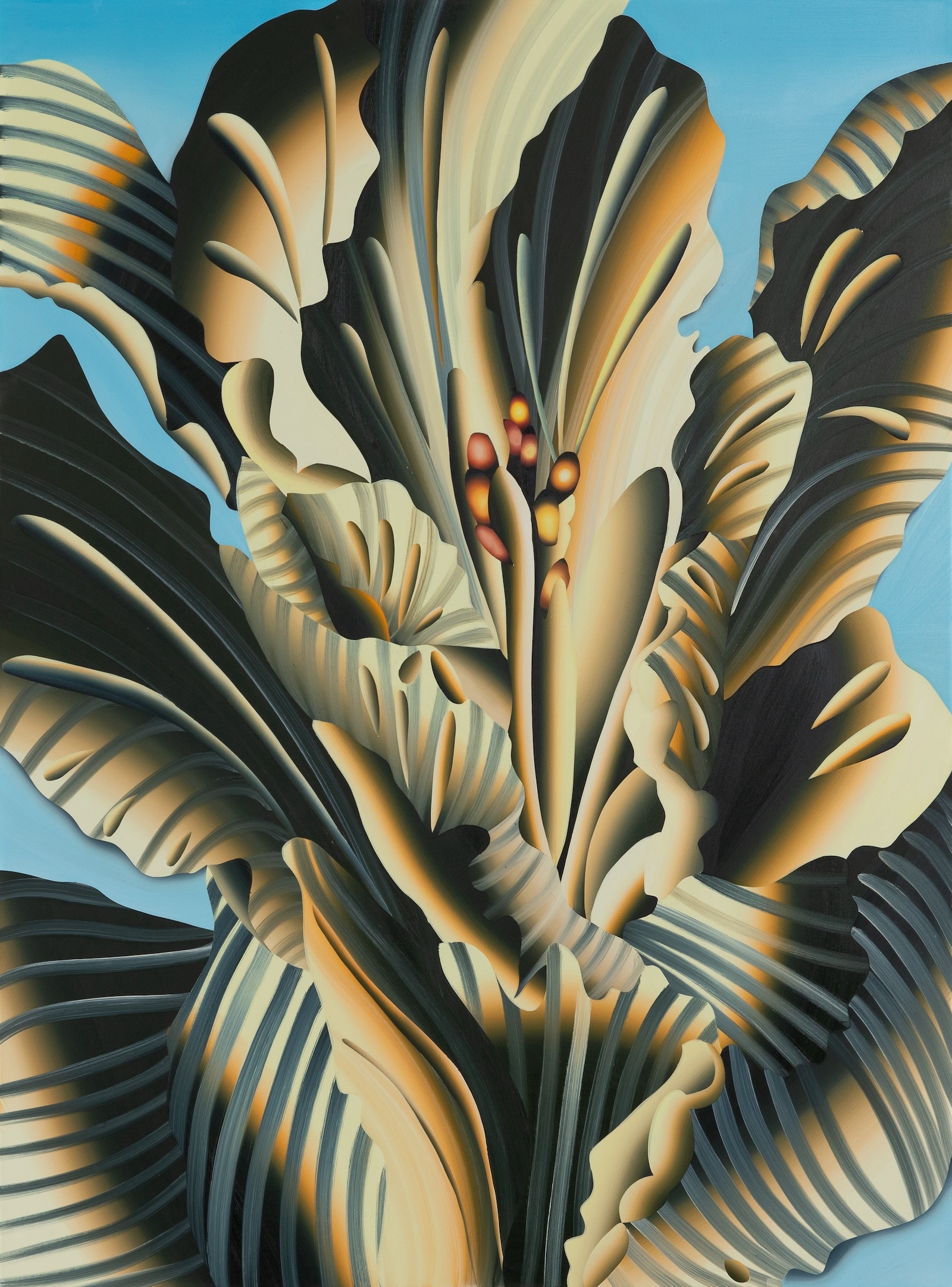
92 x 68 cm
Signed and dated at the back
The sequence of works in the exhibition is inspired by Derek Jarman's garden, whose flowers are grown on toxic soil near a nuclear power station. Laura Garcia Karras focuses on these atomic plants, transforming them into wild, almost devouring flowers. In this way, she combines a perfect aesthetic that refers to the canons of antique beauty with an almost abstract madness, creating a sensational and vertiginous painting. With an inner volcanic power, the artist plays with relationships of scale and artificial light. In this way, she redefines the boundary between artifice and reality, creating an explosive ambiguity in the perception of her works. ‘Calisté', translated as ‘the most beautiful' in Greek, evokes the name of the nymph transformed into a constellation by Zeus. Each of the paintings in the exhibition is named in tribute to a major woman for the artist.
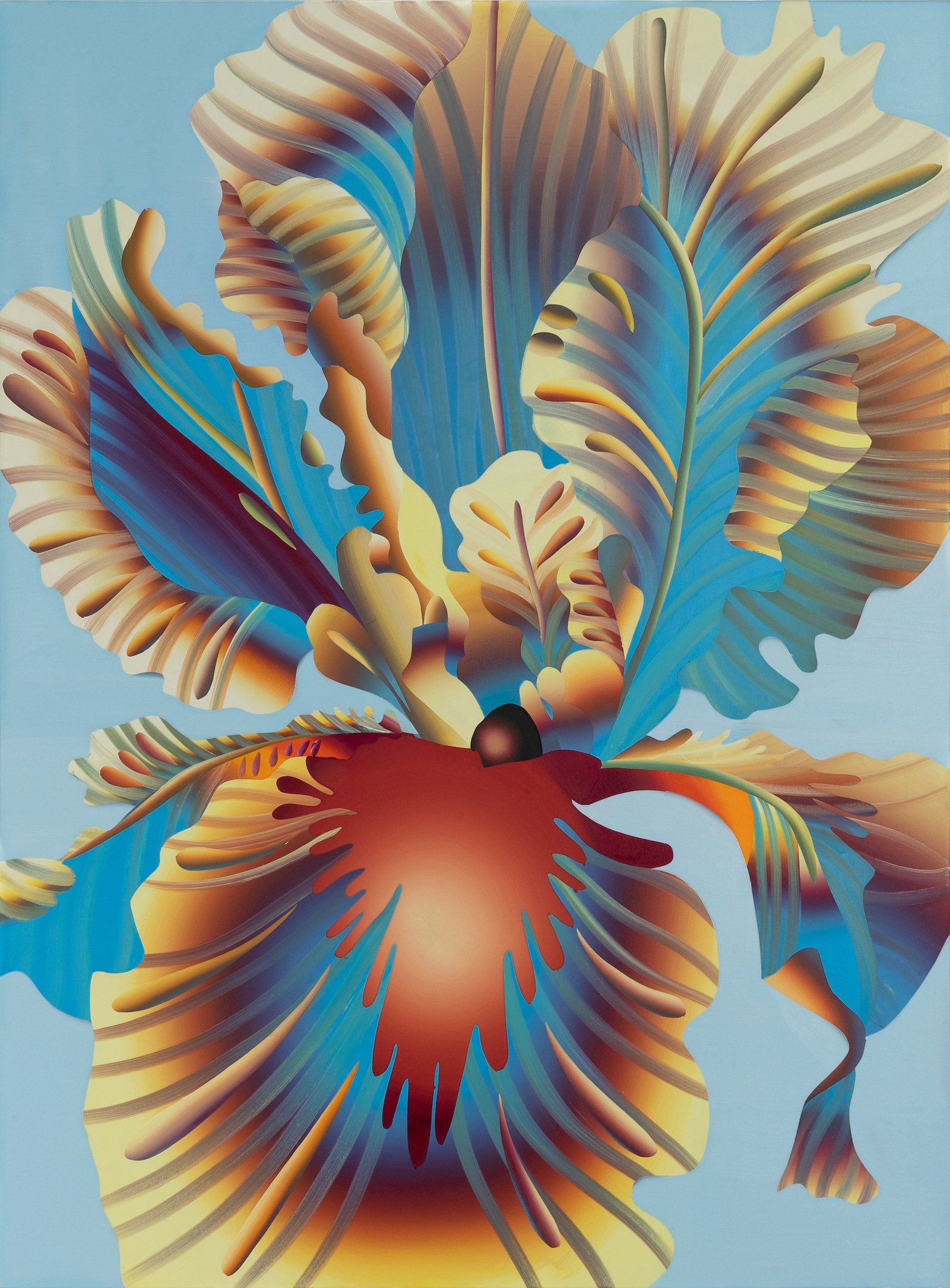
92 x 68 cm
Signed and dated at the back
The sequence of works in the exhibition is inspired by Derek Jarman's garden, whose flowers are grown on toxic soil near a nuclear power station. Laura Garcia Karras focuses on these atomic plants, transforming them into wild, almost devouring flowers. In this way, she combines a perfect aesthetic that refers to the canons of antique beauty with an almost abstract madness, creating a sensational and vertiginous painting. With an inner volcanic power, the artist plays with relationships of scale and artificial light. In this way, she redefines the boundary between artifice and reality, creating an explosive ambiguity in the perception of her works. ‘Calisté', translated as ‘the most beautiful' in Greek, evokes the name of the nymph transformed into a constellation by Zeus. Each of the paintings in the exhibition is named in tribute to a major woman for the artist.
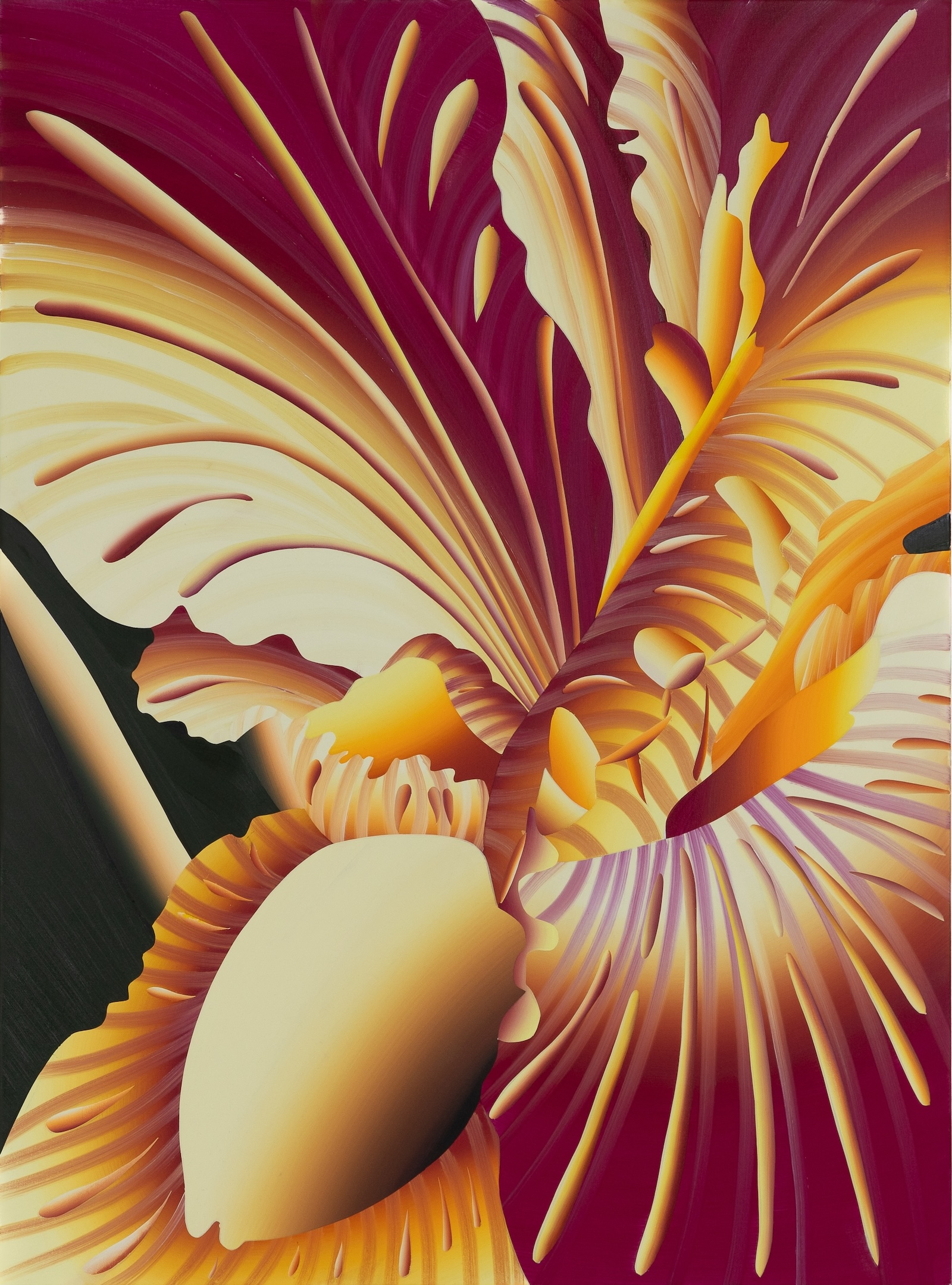
92 x 68 cm
Signed and dated at the back
The sequence of works in the exhibition is inspired by Derek Jarman's garden, whose flowers are grown on toxic soil near a nuclear power station. Laura Garcia Karras focuses on these atomic plants, transforming them into wild, almost devouring flowers. In this way, she combines a perfect aesthetic that refers to the canons of antique beauty with an almost abstract madness, creating a sensational and vertiginous painting. With an inner volcanic power, the artist plays with relationships of scale and artificial light. In this way, she redefines the boundary between artifice and reality, creating an explosive ambiguity in the perception of her works. ‘Calisté', translated as ‘the most beautiful' in Greek, evokes the name of the nymph transformed into a constellation by Zeus. Each of the paintings in the exhibition is named in tribute to a major woman for the artist.
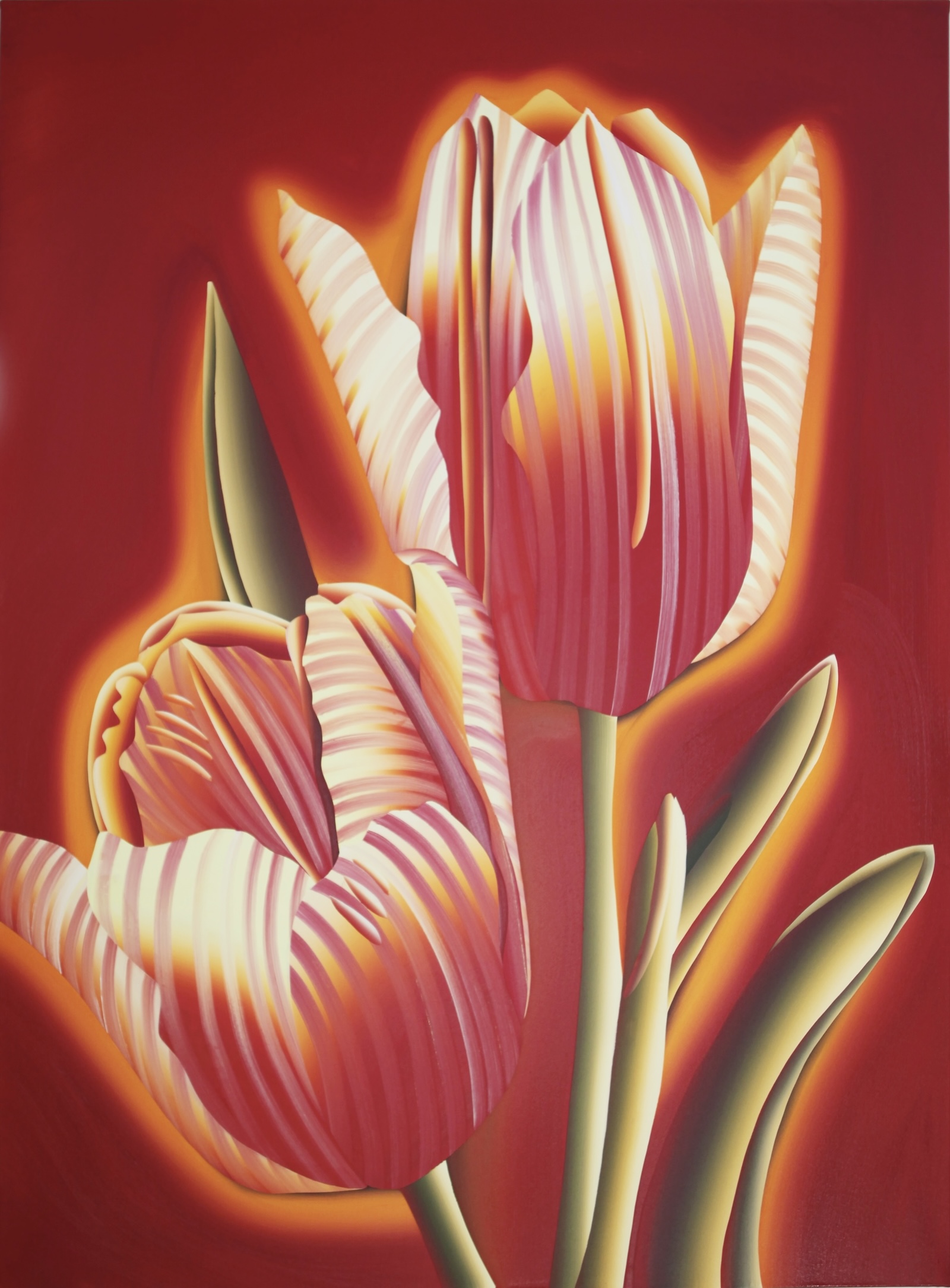
92 x 68 cm
Signed and dated at the back
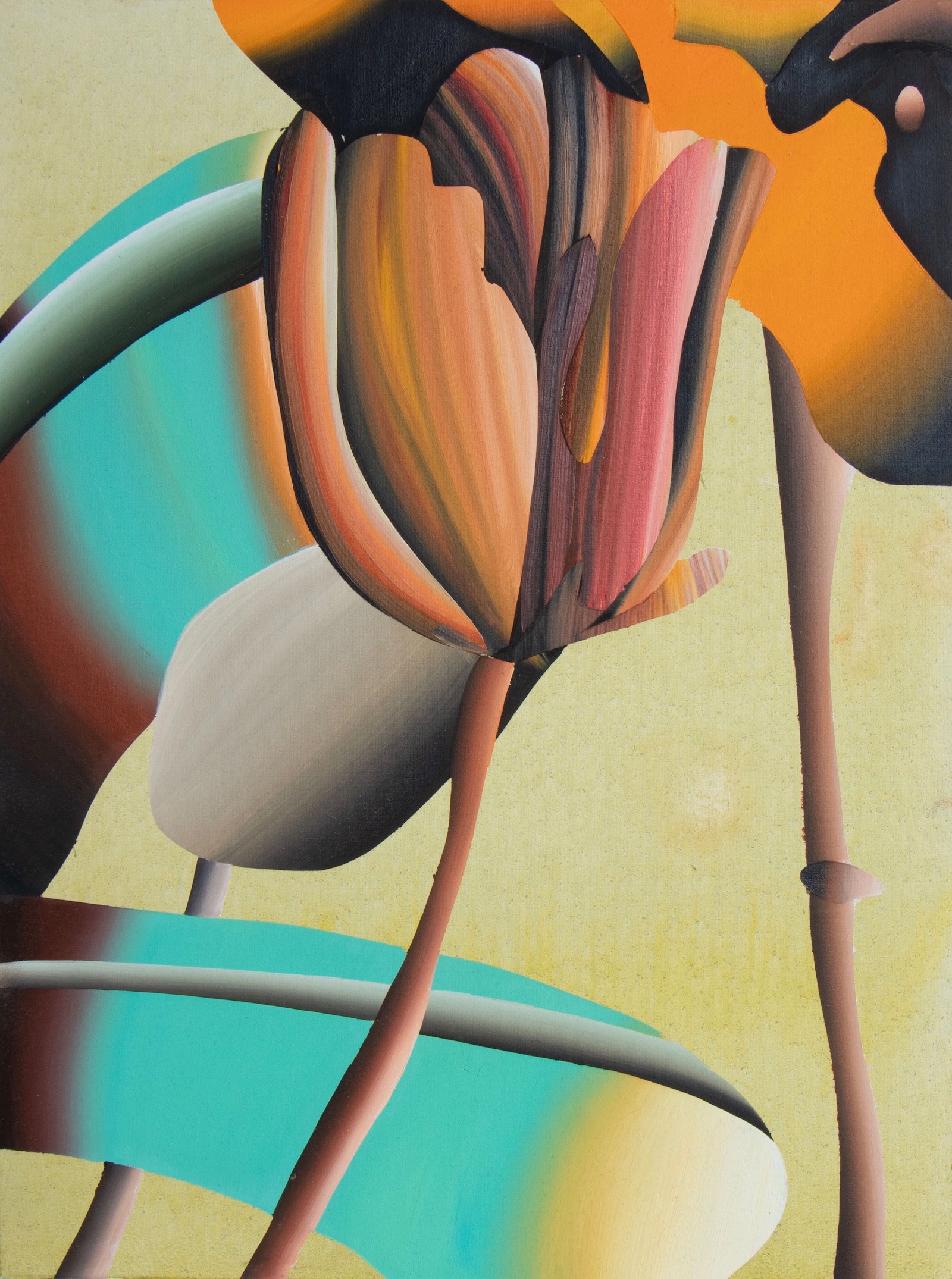
41 x 33 cm
Signed and dated at the back
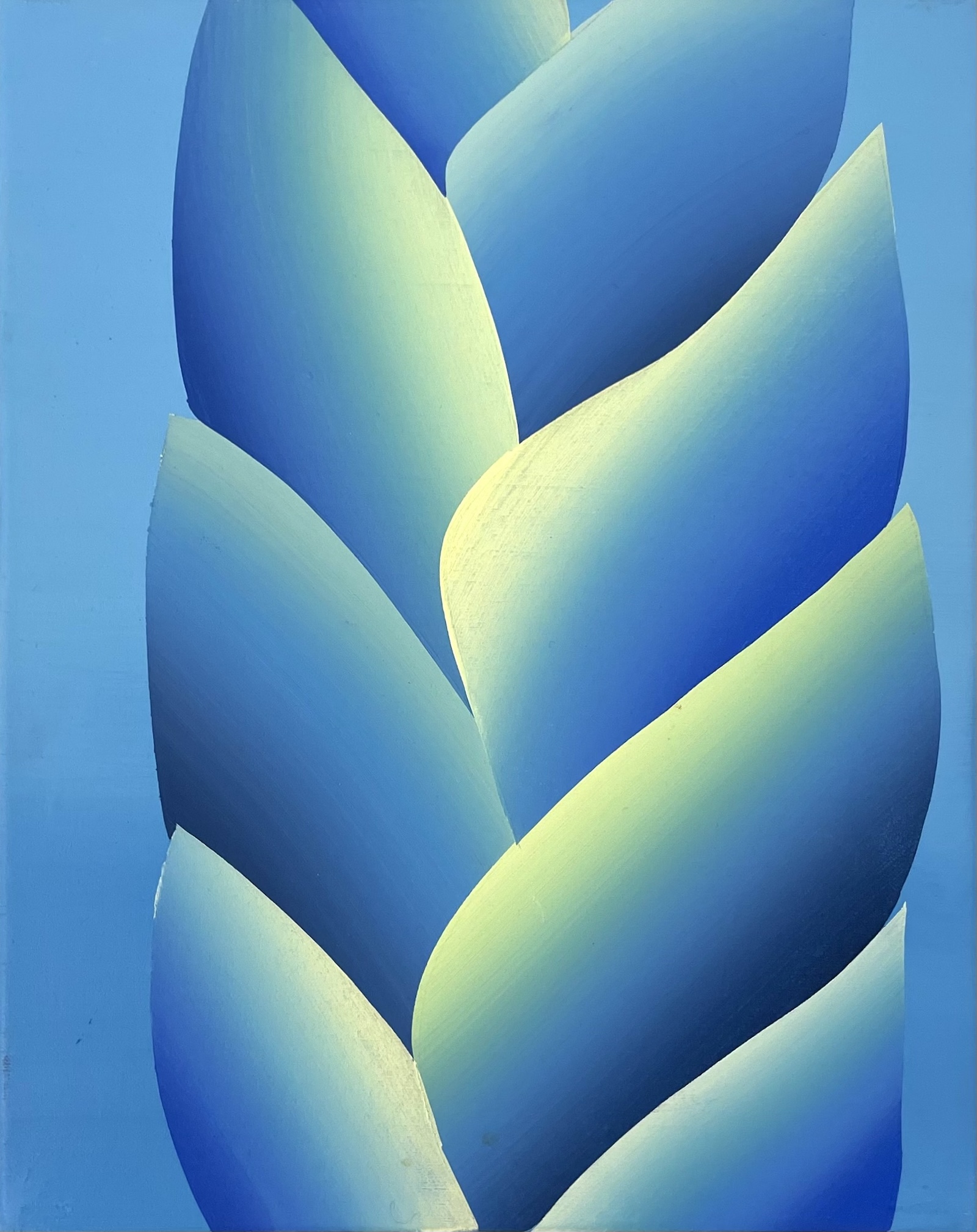
24 x 19 cm
Signed and dated at the back

24 x 19 cm
Signed and dated at the back
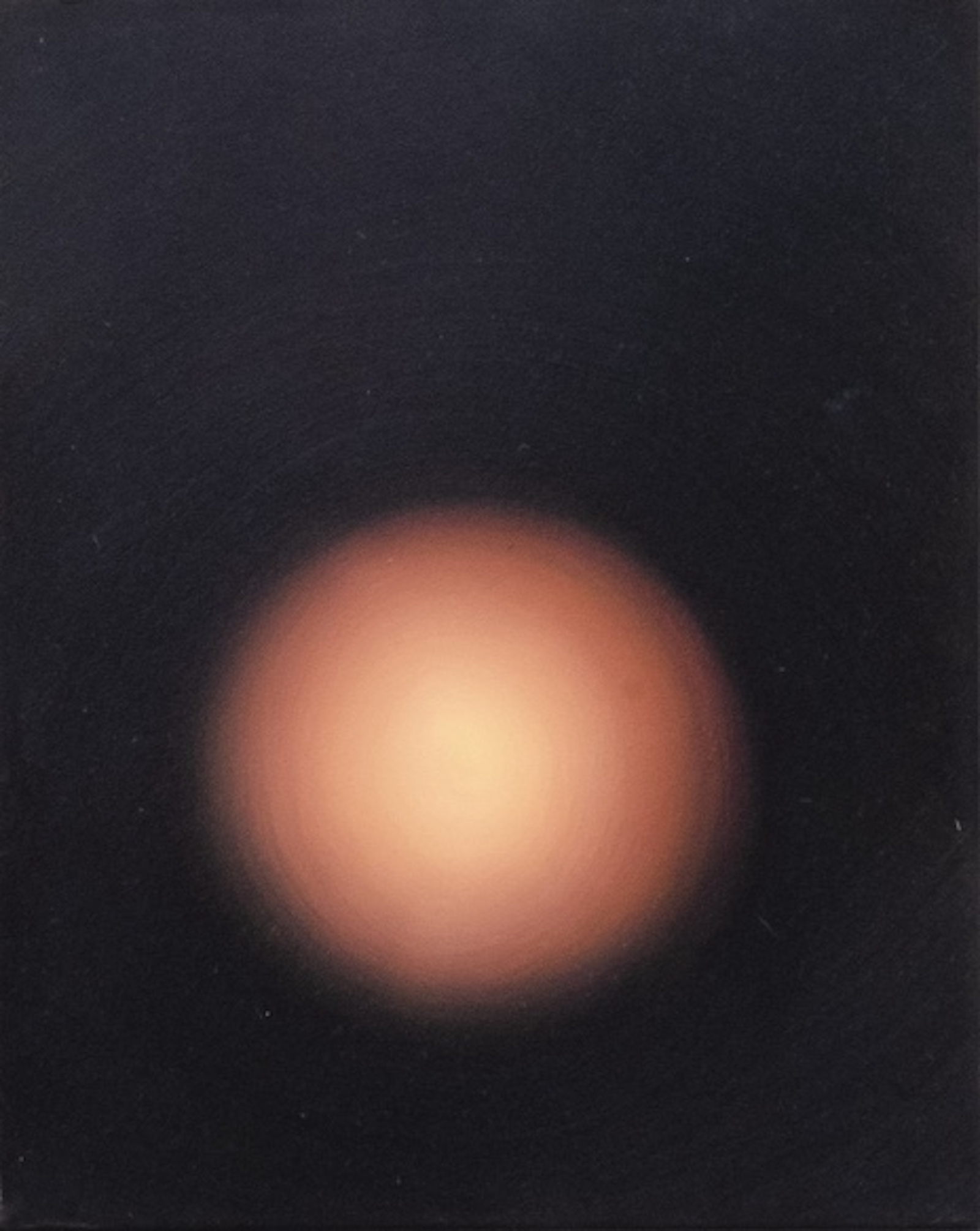
24 x 19 cm
Signed and dated at the back
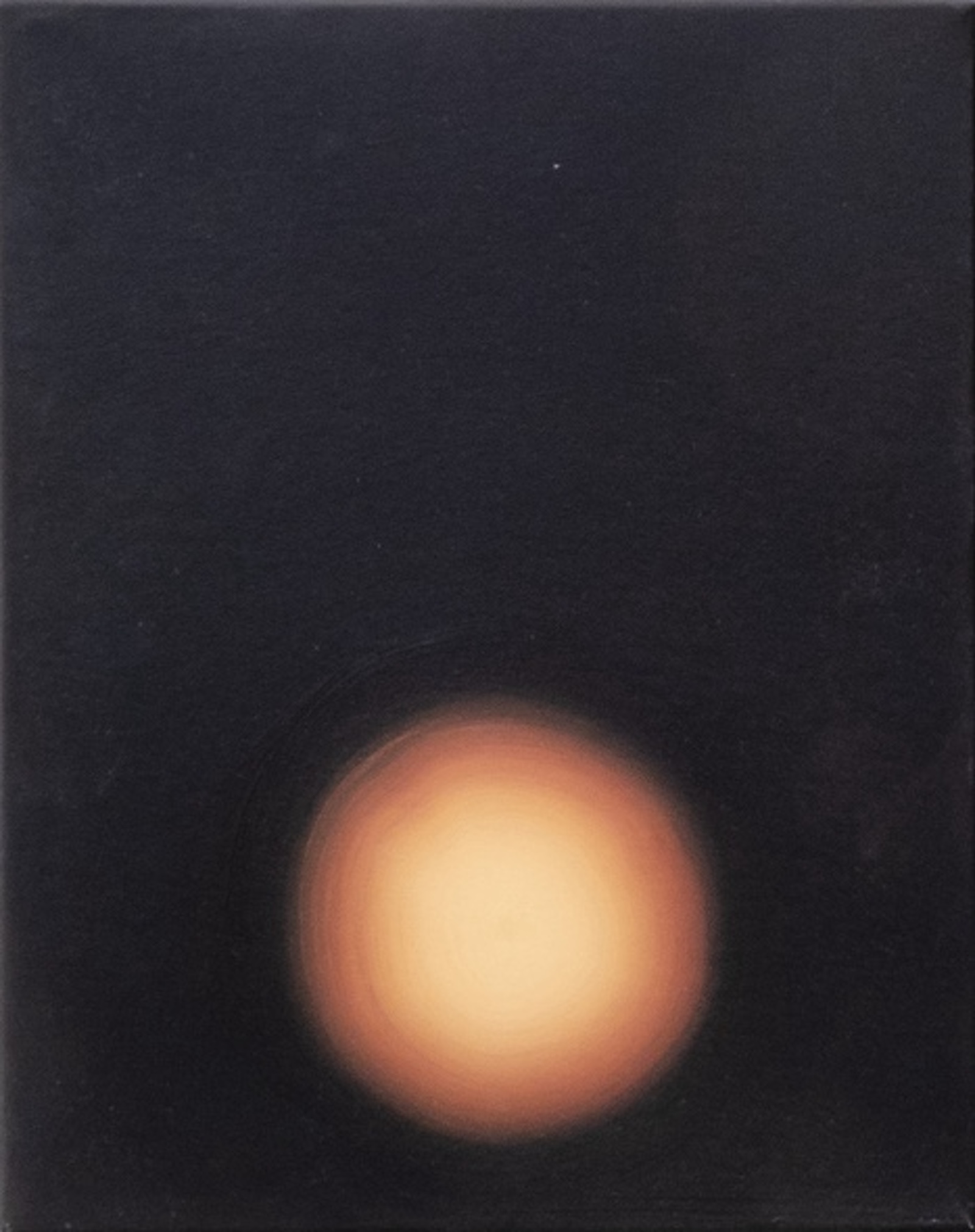
24 x 19 cm
Signed and dated at the back

24 x 19 cm
Signed and dated at the back
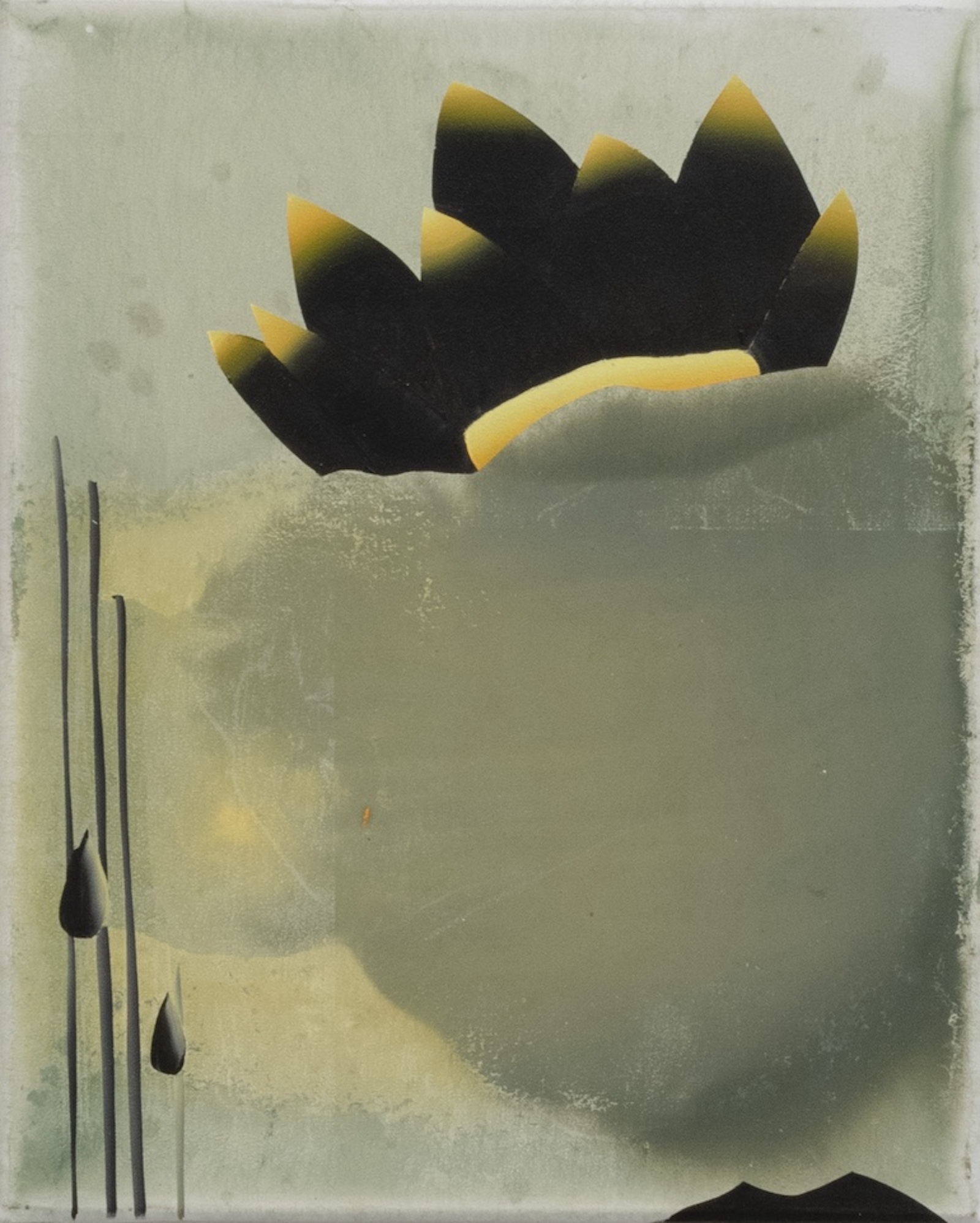
24 x 19 cm
Signed and dated at the back
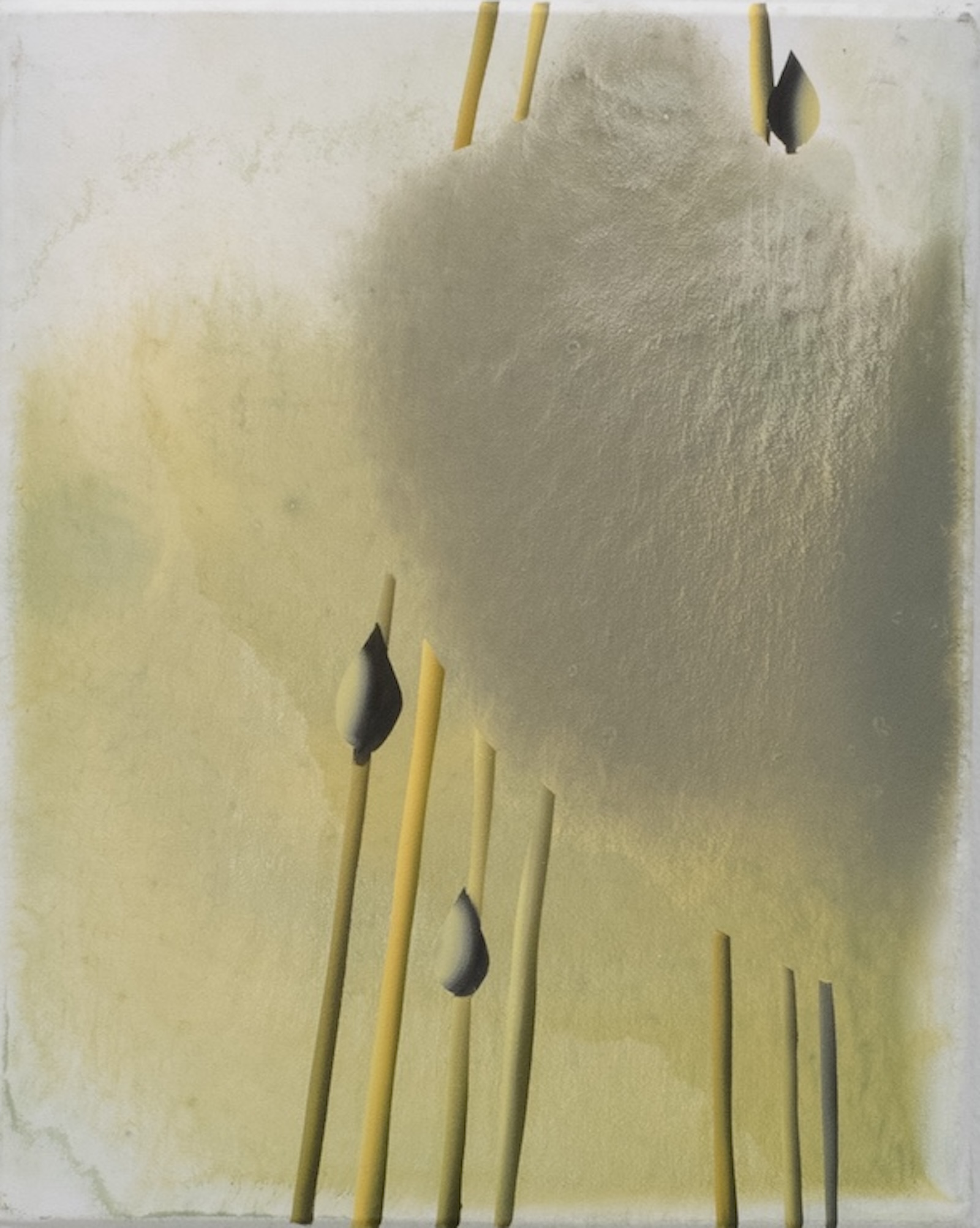
24 x 19 cm
Signed and dated at the back
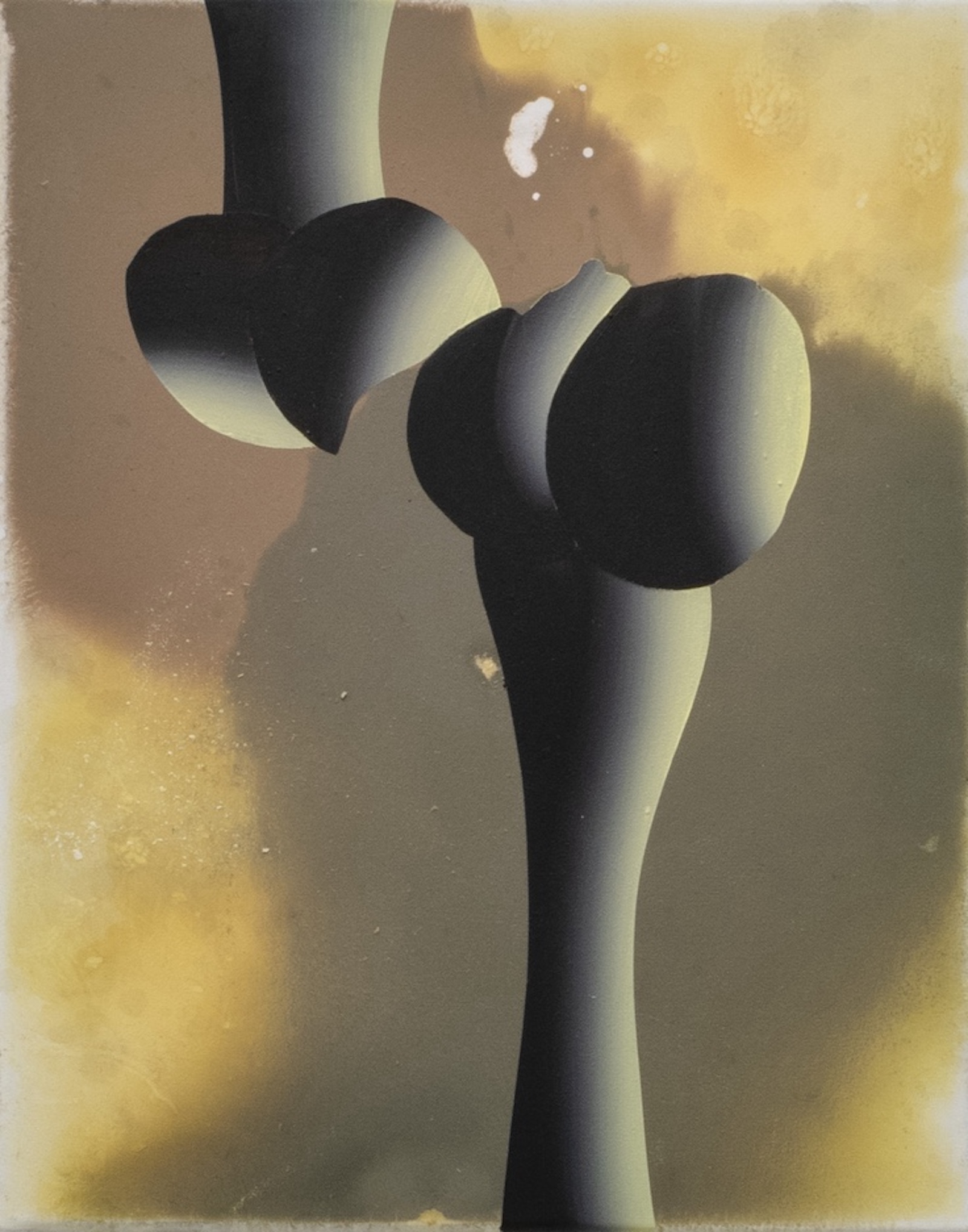
24 x 19 cm
Signed and dated at the back
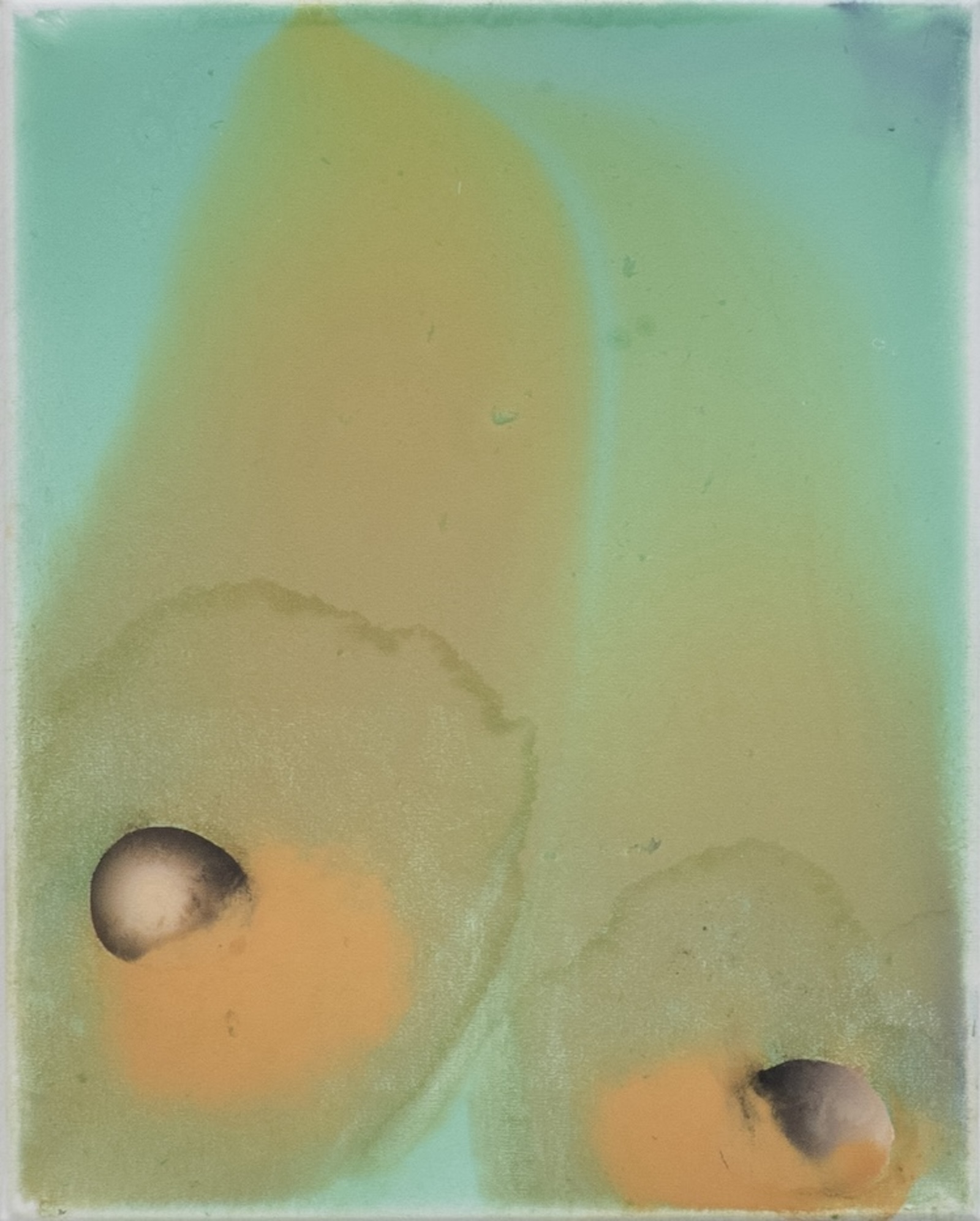
24 x 19 cm
Signed and dated at the back

24 x 19 cm
Signed and dated at the back

24 x 19 cm
Signed and dated at the back
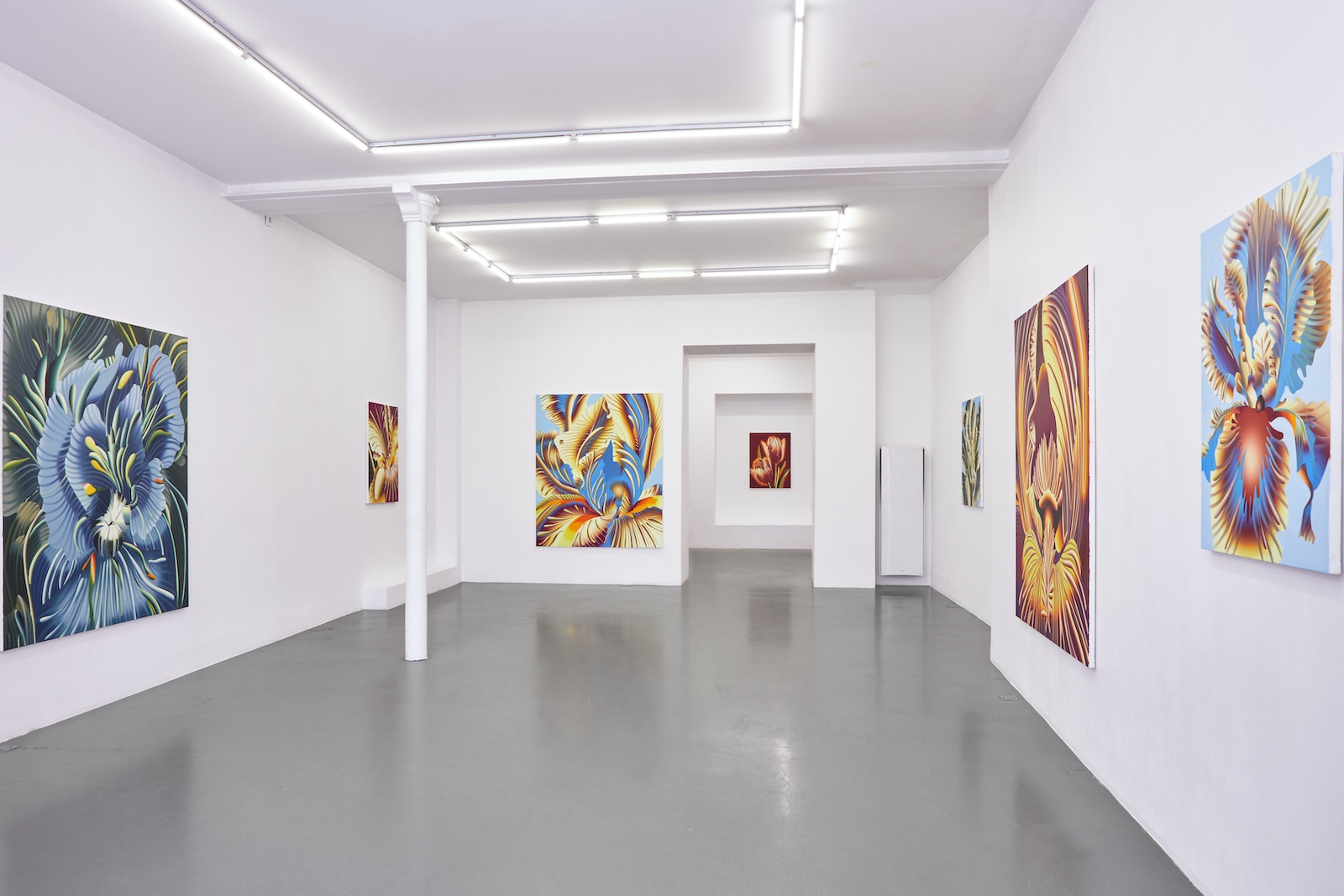
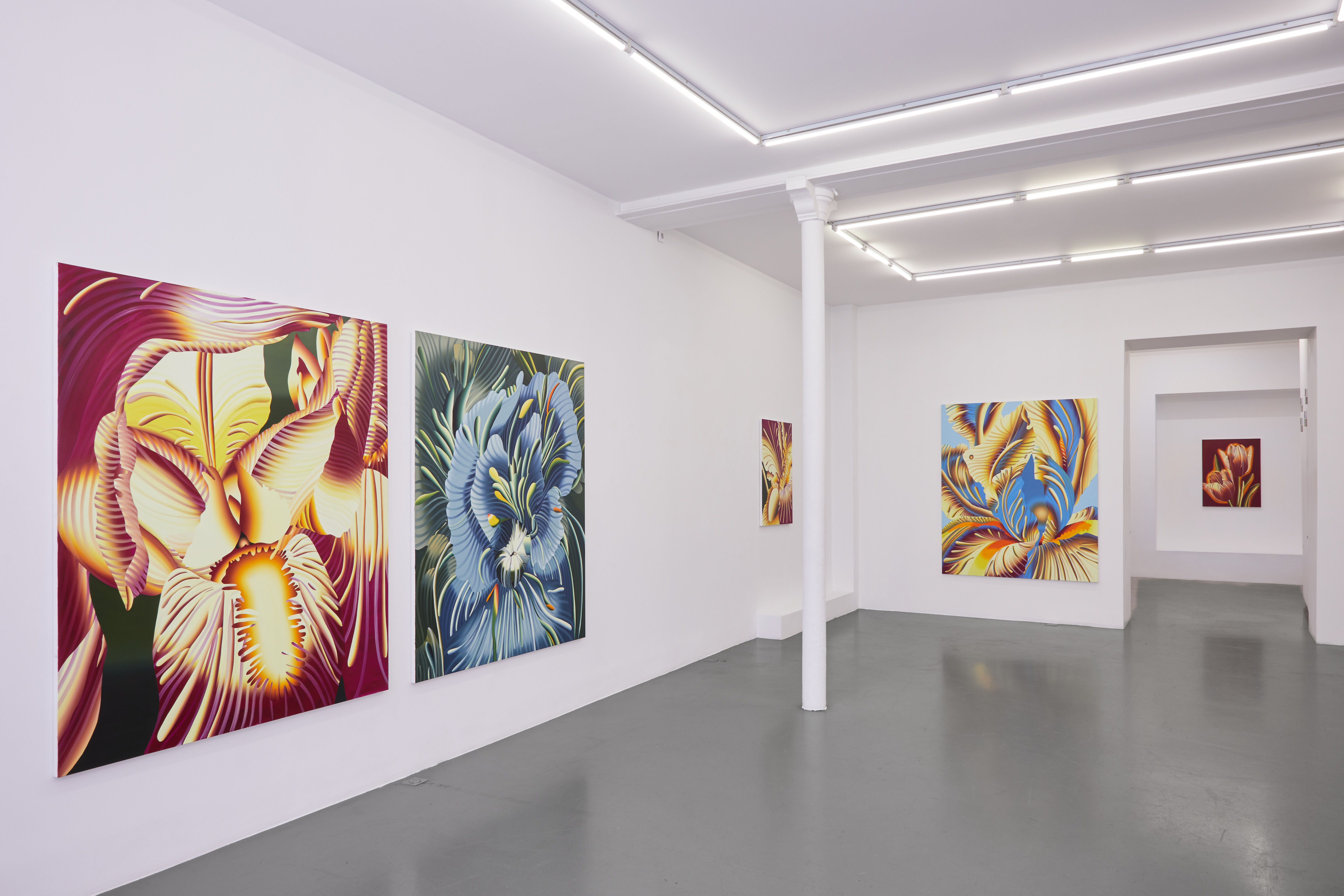
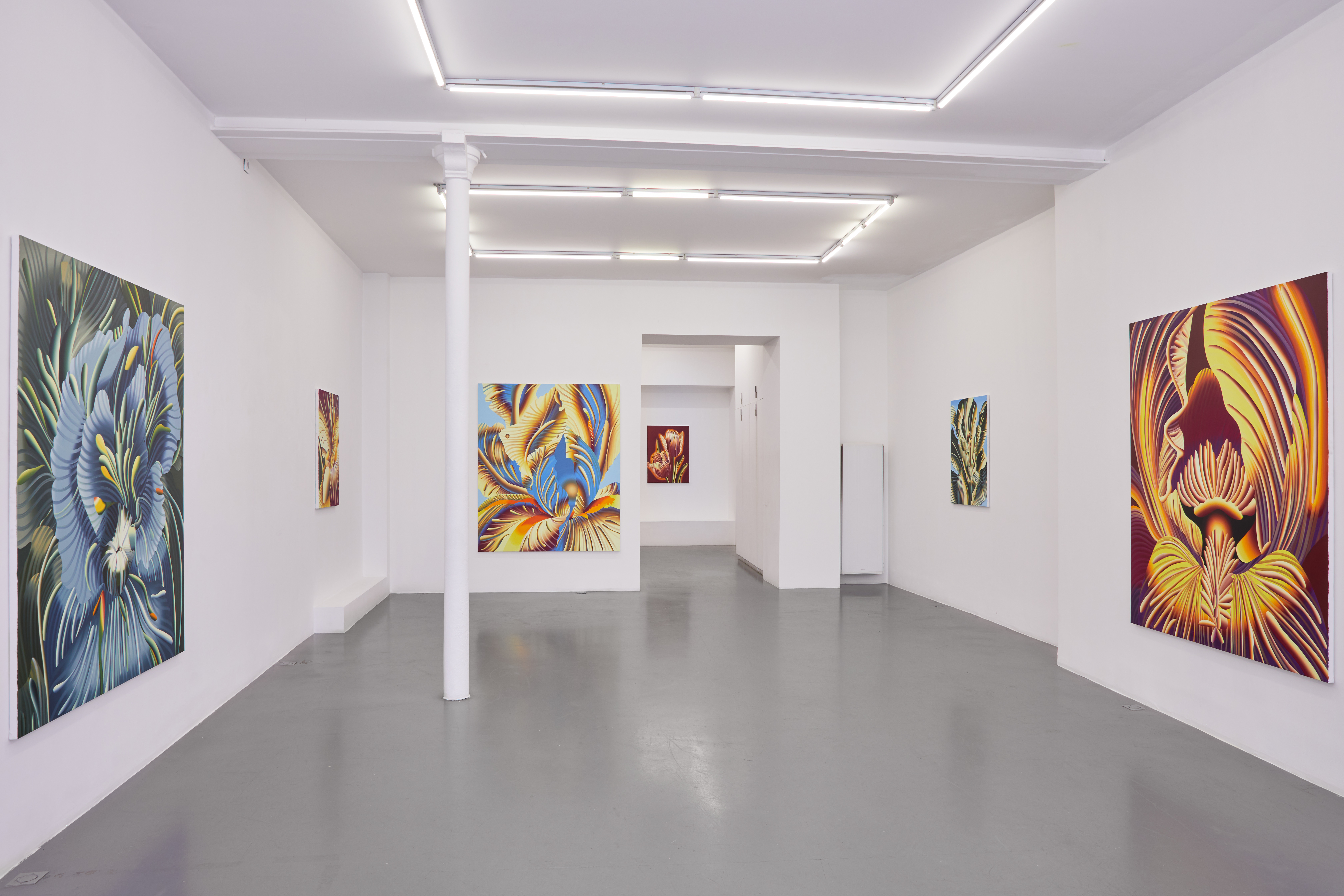
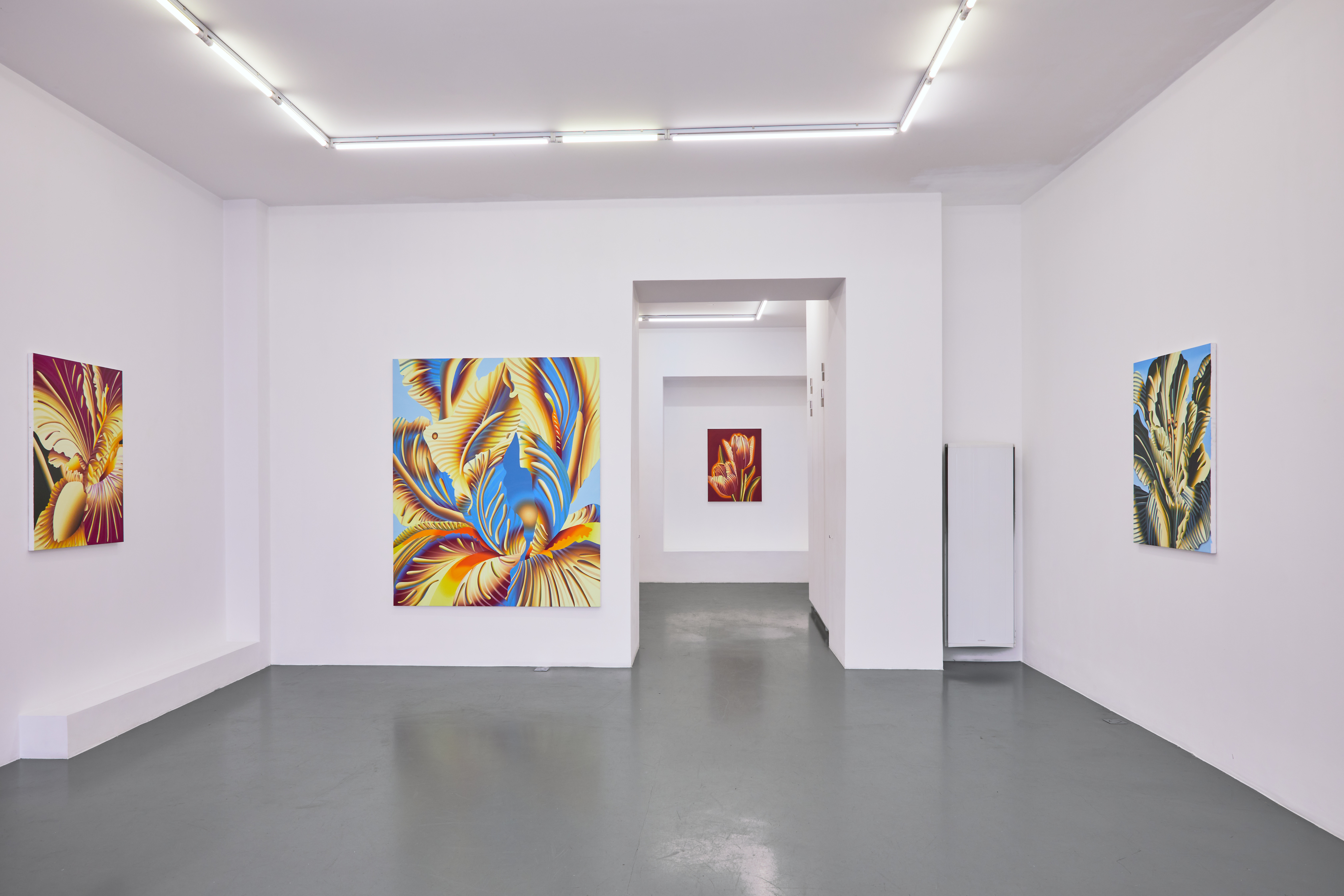
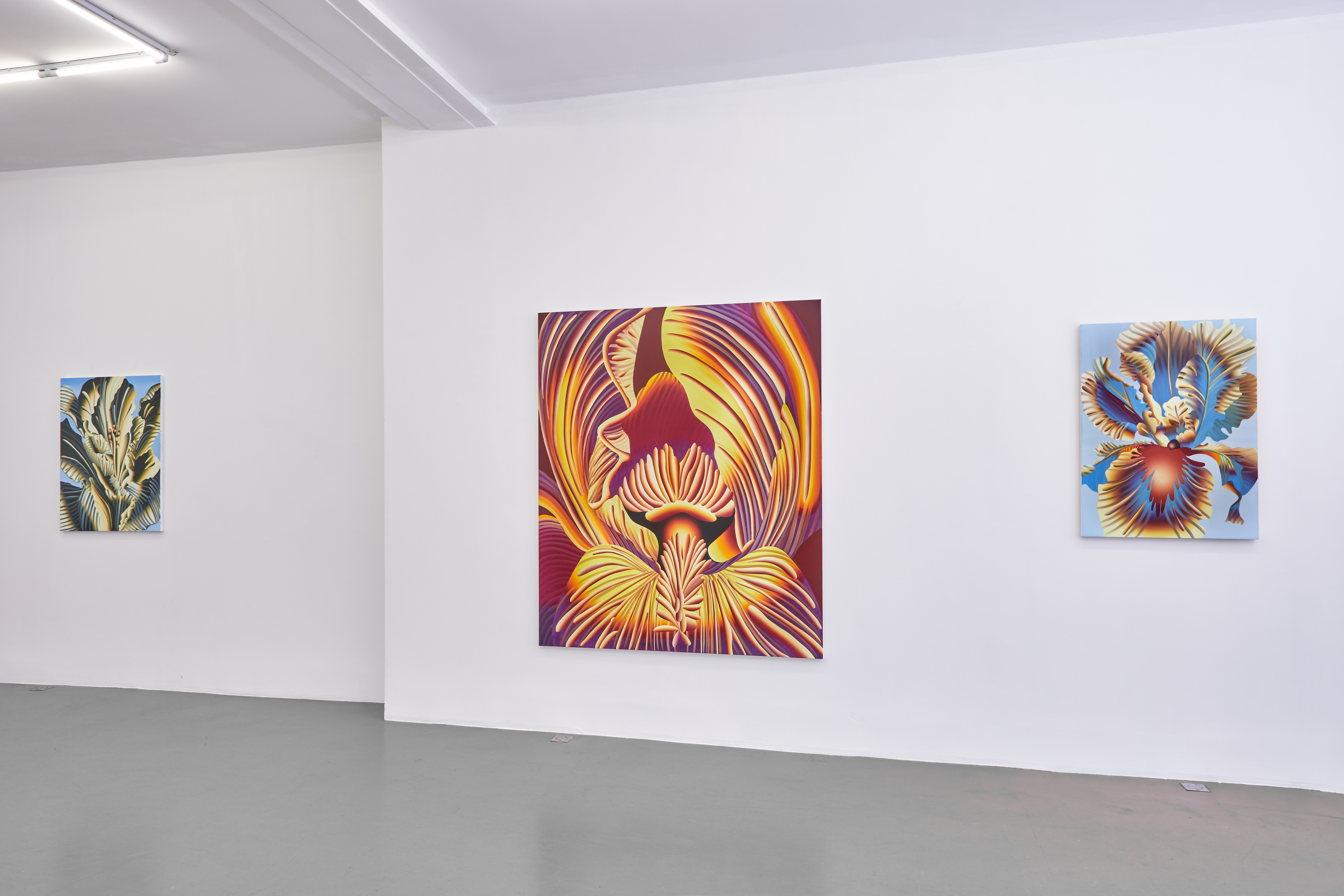
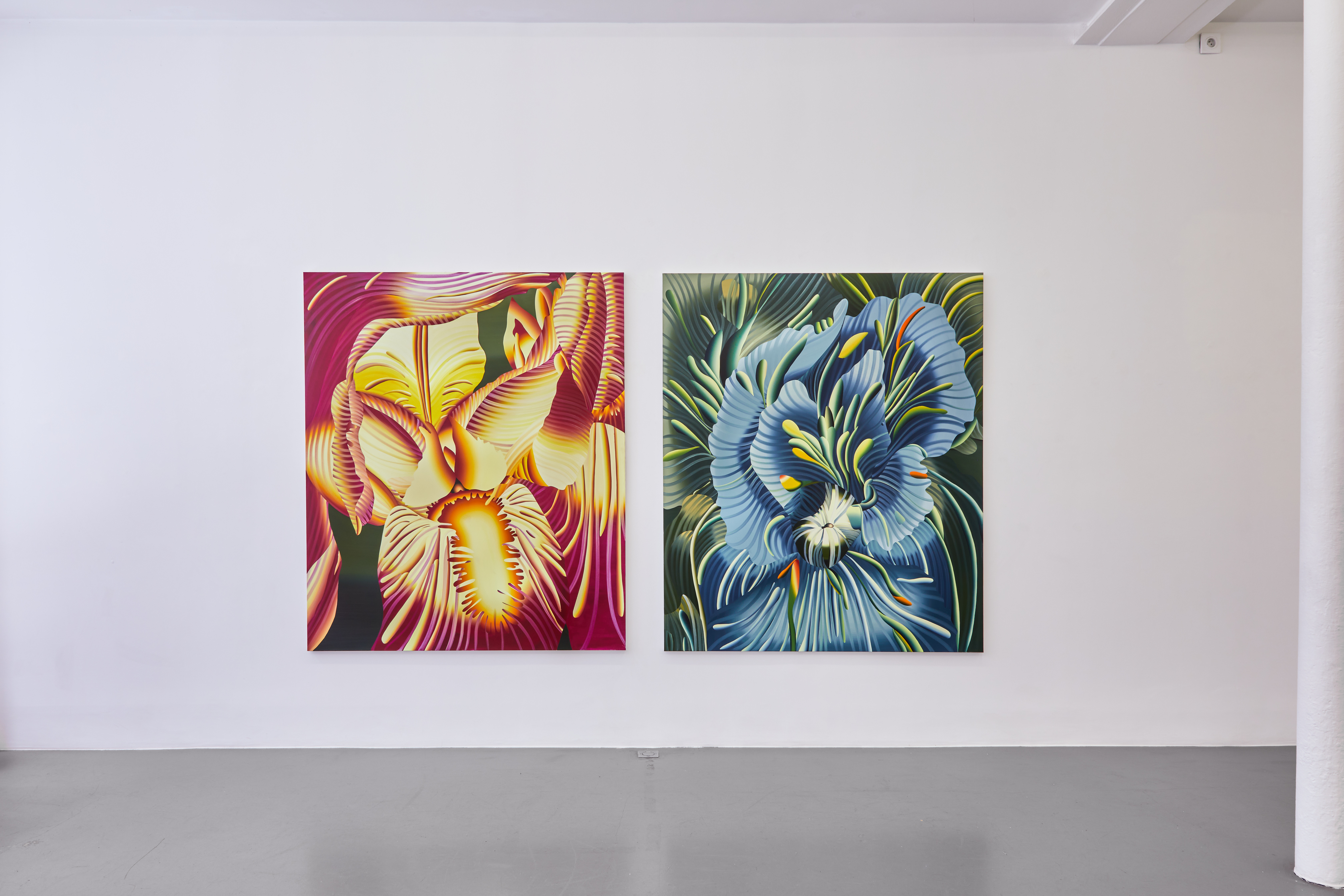
Solo show from May, 24th to July, 12th mai
Opening on Saturday, May 24th 2025 from 1pm to 8pm
The sequence of works in the exhibition is inspired by Derek Jarman's garden, whose flowers are grown on toxic soil near a nuclear power station. Laura Garcia Karras focuses on these atomic plants, transforming them into wild, almost devouring flowers. In this way, she combines a perfect aesthetic that refers to the canons of antique beauty with an almost abstract madness, creating a sensational and vertiginous painting. With an inner volcanic power, the artist plays with relationships of scale and artificial light. In this way, she redefines the boundary between artifice and reality, creating an explosive ambiguity in the perception of her works. ‘Calisté’, translated as ‘the most beautiful’ in Greek, evokes the name of the nymph transformed into a constellation by Zeus.